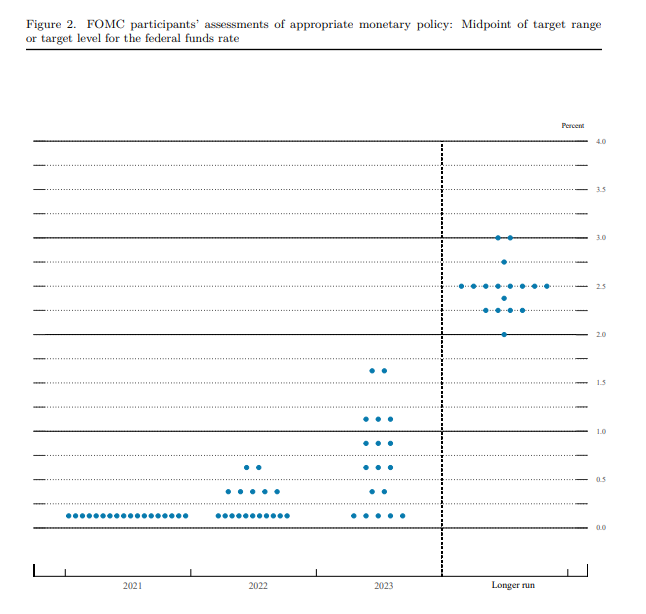يتولى تشغيل النطاق www.markets.com/za شركة Finalto المحدودة (‘Finalto SA’)، االمرخصة من هيئة سلوكيات القطاع المالي (FSCA) بموجب الترخيص رقم 46860، والمرخصة للعمل كمزود للمشتقات خارج لبورصة (“ODP”) بموجب قانون الأسواق المالية رقم 19 لعام 2012، وحدها وبشكل حصري. مقر شركة FINALTO (جنوب أفريقيا) بي تي واي المحدودة هو باوندري بالاس 18 طريق ريفونيا، إيلوفو ساندتون، جوهانسبيرغ، غوتينج، 2196، جنوب أفريقيا.
تحذير من المخاطر العالية للاستثمار: إن التداول في سوق الصرف الأجنبي (الفوركس)، وعقود الفروقات (CFDs) عالي المخاطر، وينطوي على درجة عالية من المخاطرة، لهذا قد لا يكون ملائمًا لكل المستثمرين. قد تتعرض لخسارة جزءً من رأس مالك أو كله، وبالتالي يتوجب عليك عدم المضاربة برأس المال الذي لا يمكنك تحمّل خسارته. عليك أن تكون مدركًا لكل المخاطر المصاحبة للتداول باستخدام الهامش. الرجاء قراءة بيان الكشف عن المخاطر بالكامل، والذي سيقدم لك شرحاً تفصيلياً أكثر حول المخاطر المشمولة.
للشكاوى المتعلقة بالخصوصية وحماية البيانات، يرجى الاتصال بنا من خلال privacy@markets.com. برجاء قراءة بيان سياسة الخصوصية للمزيد من المعلومات حول كيفية التعامل مع البيانات الشخصية.
تعمل markets.com من خلال الشركات التابعة لها التالية:
شركة Finalto المحدودة للخدمات المالية هي شركة مرخصة ومعتمدة من هيئة السلوك المالي ("FFS")، بموجب رقم التسجيل 481853. تأسست شركة Finalto للخدمات المالية في بريطانيا وويلز برقم 06557752. عقود الفروقات على العملات الرقمية غير مُتاحة للعملاء الأفراد.
شركة Safecap المحدودة للاستثمارات، وهي شركة مرخصة من الهيئة القبرصية للأوراق المالية والبورصات (CySEC) بموجب ترخيص رقم 092/08. تأسست شركة Safecap في الجمهورية القبرصية برقم ΗΕ186196.
شركة Finalto (جزر فيرجن البريطانية) المحدودة، المسجلة والمرخصة لدى لجنة الخدمات المالية في جزر فيرجن البريطانية ("FSC") بموجب قانون السندات والأعمال الاستثمارية لعام 2010، ترخيص رقم SIBA/L/14/1067.
شركة Finalto (أستراليا) بي تي واي المحدودة، وهي شركة مقرها أستراليا (ACN 158 641 064)، ومرخصة من هيئة الأوراق المالية والاستثمارات الاسترالية ("ASIC")، بموجب الترخيص رقم 424008.
شركة Finalto الدولية وهي شركة مسجلة في سان فنسنت وجزر غرينادين (“SVG”) بموجب القوانين المعدلة في سان فنسنت وجزر غرينادين 2009، بموجب رقم التسجيل 27030 BC 2023.










